Best things to do in Plovdiv
Plovdiv is the second largest city in Bulgaria. Very different from Sofia, Plovdiv is the hipster city of Bulgaria. The minute you arrive in Plovdiv, you can feel the laid-back atmosphere. The city has been named the European capital of culture for 2019 and it's very visible through its street art, open-air operas, and artsy stores. The city was one of my preferred stops on all of our Bulgarian road trips.
The historical centre of the city is mainly divided into two sections, Kapana, also known as “the Trap” and the Old Town. There are also other neighbourhoods in the modern city that can be explored too. Here is a travel guide to the top things to do in Plovdiv, see, eat and drink in the city. The article also gives you great day trip ideas from Plovdiv.
A little about the city
Plovdiv city was built on seven hills (although there are only six hills today). Plovdiv has been inhabited for 8,000 years, making it one of the oldest continuously settled cities in the world. Over the millennia, the city has had many names, in Antiquity, it was known as Philippopolis. The city has seen the empires of the Thracians, Greeks, Romans, Huns, Bulgars, Slavs, western Crusaders, and Ottomans, among other peoples. This rich past can be seen in its architecture and museums.
Today, the city is the second-largest city in the country after Sofia. Plovdiv is one of those cities that always have a festival, it seems that every month there is a festival and a celebration, whether it's a national holiday or a wine fest, the city is always busy with festivities. So check out the official calendar here.
Things to do in Plovdiv
Kapana District
By far the coolest neighbourhood in all of Bulgaria, Kapana Art District has a very young and hip vibe with its wine bars, craft beers, coffee shops and artsy stores. Decorated with streamers and graffiti “The Trap” will surely seduce you. The neighbourhood inherits its name due to its labyrinth-like streets all intertwined with each other. Also, all the streets are pedestrian streets so you can wander around freely.
Back in the day, this was where all the craftsmen made their trades, hence the name of the streets like Iron Street and Gold Street. In recent years, the city revitalized the neighbourhood, before it was a little neglected until it undertook extensive restorations. It was in the 2010s, that it became the cool Kapana Art District that we have today. The narrow medieval streets host around 400 buildings and 80 of them have the status of individual monuments meaning that they are part of the immovable cultural heritage. However, the district was established during the early Ottoman era as a Charshiya (marketplace). The area is full of art galleries and artists, the perfect place to bring original souvenirs back home. There are also a few events, I will suggest checking this page to not miss anything during your visit.
Pro tip: I highly suggest finding a Guest House here so you can have everything close by.
The Old Town
Situated on three different hills—Nebet Tepe, Taksim Tepe, and Dzhambaz Tepe, the Old Town of Plovdiv is the most historical part of the city and also one of the most visited places in the country. This part of the town has been part of the UNESCO World Heritage tentative list since 2004.
The picturesque cobblestone streets, the colourful houses and the small buildings with wooden shutters from the 19th century are very unique. This part of the city also has museums and little antique shops for you to spend a couple of hours in. The houses are the best architectural example of the Bulgarian national revival period. This period was a socio-economic movement by Bulgarians to regain their identity from the Ottomans. The architecture from the Bulgarian Revival Period is very ornate with a lot of floral cravings, in this article you will find a few facts about this architectural type. For example, did you know that the big windows on the upper floors were mainly used for gossiping? Can I get a window like that?
Plovdiv Old Town is where you will find most of the museums. There are also houses that have been turned into museums, like Hindliyan House and Balabanov House. The latest shows how affluent Plovdiv residents used to live in the 1800s. Here you will see antique furniture and carved wood ceilings.
The most important museum is the Regional Ethnographic Museum Plovdiv. The museum is housed in the former residence of 19th-century merchant Argir Kuyumdzhioglu. The museum has six different exhibits, all located in separate rooms in the house. The exhibits display artifacts from furniture, and fabrics to religious items, musical instruments, books, and artworks, to name a few. The facade is beautifully decorated in Baroque style with sgraffito above the entrance and on the undulating curves of the building’s roof. This is in my opinion, one of the most beautiful houses in the city!
After visiting the museums, you should go see the Hisar Kapia Gate. This medieval gate was built in the 11th century and was one of three entrances to ancient Plovdiv. This gate was constructed on top of the foundation of a previous Roman gate.
Close to the old town, you have Plovdiv National Archaeological Museum which has an impressive collection of more than 100,000 artifacts from the Roman and Thracian eras.
Ancient theatre
At the end of the Old Town, you will find a beautiful ancient Roman ruins theatre, Philippopolis Forum. The archeological place spans 11 hectares (27 acres) and it is the largest Roman forum in Bulgaria. It was discovered in 1971 during the construction of the central post office building. The excavations continued and in 2012 in the North-western part, revealing an area of 400 sq.m between the post office building and Tsar Siemon Gardens.
Main Street (Knyaz Alexander I) & Roman Stadium
Besides visiting the two main neighbourhoods, stroll down Knyaz Alexander I. This is the main pedestrian street lined with beautiful neo-Baroque buildings. This street is 100% pedestrian and easy to walk, shop and eat. Did you know that it is one of the longest pedestrian streets in Europe?
This Main Street is at the heart of the city, it connects the Dzhumaya Mosque and the ancient Stadium and it is in between Kapana and the Old City.
If you don’t want to shop, you still need to visit this area of the city because it is where the Plovdiv Roman Stadium is. The Stadium of Philippopolis is considered one of the largest and best-preserved buildings from the time of Ancient Rome on the Balkan peninsula. Today, you can only admire part of this enormous stadium, but in the antique, it was able to hold 30,000 spectators and have 3 shows running at the same time, crazy! The reason why only parts are visible today is that the main street which covers it. If you head down to the H&M, you will be able to see what hides underneath.
The main shopping street is 'Glavnata' which stretches from the Tsar Simeon Garden in the south, going via the Roman Stadium and Dzhumaya Square and turning into Raiko Daskalov and crossing the Maritsa River as a covered pedestrian bridge. The street is completely car-free and it filled with cafes, restaurants and shops
Ancient Theatre of Philippopolis
Overlooking the mountain, the amphitheatre was built nearly 2,000 years ago by the Romans and it’s one of the best-preserved amphitheatres in the world. Funny enough, it is also one of the least visited. So if you are an antique nerd, this might just be the place for you.
In the summer, some week and weekend nights have an opera under the stars, called Opera Open. This is because this Plovdiv Roman theatre still has great acoustics, even after all of these millennials. Sadly, the days we stayed in the city did not have any shows so we could not enjoy it. There are also other festivities in the theatre like the International Folklore Festival. From here you can get a great point of view of the six hills that surround the city.
Tsar Simeon Garden
The Tsar Simeon Garden landscaped under the Ottoman Empire has lakes, fountains, sculptures, and monuments dedicated to the country’s heroes. The gardens are a little over 130 years old and were designed in 1879 by a Swiss landscape architect. He was invited by Knyaz (Prince) Aleksandar Bogoridi and reflects on Bulgaria’s golden age. The garden felt abandoned during the communist regime and was renovated using archival photos.
During the summer night, go to the park to see the Singing Fountains, a show with light and music. The show takes place every Thursday, Friday, and Saturday night at 9:30 PM.
Not very far from the gardens, you will find the Plovdiv City Hall in Stefan Stambolov Square, this is also the starting point of some of the walking tours like the popular Free Plovdiv Tour.
Dzhumaya Mosque
Being at the crossroads of many civilizations, Plovdiv is a testimonial of these changes. Dzhumaya Mosque was built on the site of Sveta Petka Tarnovska Cathedral after the Ottomans conquered Plovdiv. The Dzhumaya Mosque is the only mosque left standing in Plovdiv and dates back to 1363. When inside, you can admire the wall paintings which date from the late 1700s and early 1800s.
Stay around the mosque area and enjoy Turkish coffee, pastry shops and shawarmas. This will show you another part of the Bulgarian culture.
Watch the sunset on one of Plovdiv’s hills
For a great view of the city, take a short hike to Nebet Tepe (Hill in Bulgarian). This is one of the seven hills of Plovdiv. It is also the place where the city was founded around 4000 BC by the Thracians. At the top, you can still have some of the ruins of the many settlements. Plovdiv is in fact, one of the oldest cities in Europe. The top of the hill is a very short hike and perfect to catch the sunset.
On your way to the Sahat Tepe, one of Plovdiv’s six hills, you will find the clock tower which is this fortified tower and one of the city’s emblems.
Where to eat and drink in Plovdiv
Traditional Bulgarian food is a delightful fusion of Turkish kebabs and Eastern European potato-based dishes, with lots of fresh salads.
Vino Culture
If you are a wine lover this is a must! The relaxed atmosphere with its wide selection of wines will be perfect to enjoy a glass or two. The bar was highly recommended by the oenologist of Villa Yustina (read more about it below). Boris, the owner is very knowledgeable about wines and alcohol in general. We had a great night discussing the different wines of the region with him and talking about Bulgaria in general.
Sadly, this restaurant seemed to be closed now
Cat & Mouse
This place is pretty neat, they have a selection of their own beer, craft beer from Bulgaria and the rest of Europe. The bartenders were very friendly and took the time to explain their beers. Plus, their terrace and the music make it a cool place to hang out for a couple of drinks.
Pavaj
Known for traditional Bulgarian plates with a modern twist, Pavaj is very highly rated by locals and travellers. I found it a little deceiving, maybe my expectations were too high. Apparently, there is a waiting list for several months, but we were lucky to have a reservation on the same day. The staff is super friendly, and they even got us free shots of Rakia! The restaurant is located in the city center in the Kapana district.
Pastries
There is a little counter that serves pastries, unfortunately, I cannot remember the name. With a wide selection of sweet and salty ones, there is something for everyone. Besides being delicious, they are super cheap!! We went to have our breakfast every day there because it cost less than $1 for two people. The counter is located near the Coco Guest House.
Shawarmas
Since Plovdiv has a bigger influence on Turks and Muslims, there is an abundance of shawarma stands. They are sooo good and very cheap too! The stands are also open until late so it’s perfect for a late-night snack after a few shots of Rakia. These restaurants can mostly be found near the Dzhumaya mosque.
Day trips from Plovdiv
Plovdiv is located in the central part of Bulgaria and offers countless day trips. To do these day trips, you can do some with public transit and others are better to do with a car. Since we did a Bulgarian road trip, we did the following day's trips in a car.
The Wine Route
The wine route is easy to follow and very accessible if you have a car. The vineyards are just 30min to 1 hour distance from the city, so it's the perfect day trip! The region has more than 30 internationally recognized wine cellars for you to try! Of course, if you are driving please don’t drink and drive!
Most of the grape varieties in Bulgaria are local, so you will be able to taste great wines that you don’t find a lot in other countries. The wine region immediately surrounding Plovdiv is called the (western) Thracian Valley. This is the largest wine region in Bulgarian. The local grapes are Mavrud and Rubin.
Pro tip: you have to reserve if you wish to do tours and tastings. Also, most of the vineyards are closed on Mondays.
Of course, we decided to do the route on a Monday and of course, most of them were closed. Luckily, we could go to Villa Yustina, one of the best wineries in the region. The oenologist gave us a great wine tour and an excellent wine tasting. We were spoiled to have her just for us so we could ask a bunch of questions. She was the one who recommended Vino Culture.
Obelus Winery makes really good organic wine and the building is shaped like half a barrel, which makes it easy to recognize. Unfortunately, it was closed during our visit but we had the chance to taste the wine in restaurants.
Buzludzha
The hubby is very intrigued and captivated by the communist era so it was no surprise that when I told him about Buzludzha, also called the UFO monument, I knew we would stop.
The gigantic communist monument is a symbol of the power of the party at the time and it was constructed for large meetings in the ‘70s. Located on top of the central Balkans, it holds particular significance since it was where the Bulgarian rebels did their final battle against the Ottoman Empire in the 19th century.
The Brutalist architecture is very imposing. Sadly, as with most of the monuments of that era, the country has left it to abandon trying to turn the page. The route and the building in the interior and exterior are in decay. There are some movements to try to use it for different purposes, but the authorities have yet to decide what to do.
The entrance to the building is forbidden but there are a few adventurous people that go in to see what the rest. If you see pictures of the interior you can see impressive murals. The reason why the entrance is forbidden is that the ceiling is falling apart and pieces can fall on you making it very dangerous. For our part, we were too scared to go in.
In a magical realism type of moment, there was a family of wild horses hanging around the monument.
Other suggested day trips
Another great day trip is to visit the Bachkovo Monastery. It is the second-largest monastery in Bulgaria in the heart of the Rhodope Mountains. The monastery is known for the unique combination of Byzantine, Georgian and Bulgarian cultures, all gathering together in this religious place. Not far from the monastery, you will find the Asen’s Fortress built by the Thracians. The Church of the Holy Mother of God is worth a stop with its murals from the 14th century.
Rose Valley & the Thracian tombs. On our way out of Plovdiv, we tried to find these but it was a little complicated to find. I would suggest taking a tour in order to fully enjoy the archeology since most of us don’t know much about the Thracians. These were a group of Indo-European tribes inhabiting a large area in southeastern Europe between the 3rd millennium BC and 6th century AD. Today, the Rose Valley and the Valley of the Thracian Kings overlap geographically speaking. In this valley, you will see many of the Thracian tombs, temples and sanctuaries. The Thracian Tomb of Kazanlak with frescoes from the 4th century BC is the most significant and unique in the world which is why it is part of the UNESCO World Cultural Heritage site. The original Kazanlak tomb is closed to tourists in order to preserve the frescoes inside. Tourists can visit the replica nearby. As you might know, the rose is one of the most well-known symbols of Bulgaria. Brought from Syria by the Ottoman Empire, the rose has become very important for the country as it produces about 70% of all rose oil in the world.
Practical information
Please keep in mind that most of the city’s attractions have an entrance fee, most of them are modest, around 5 Leva so please budget accordingly. The city also has some free walking tours for you to dive deeper into history.
How many days to visit Plovdiv?
I would suggest staying 2 days in Plovdiv. One day is not enough to visit all of the attractions and enjoy the laid-back vibe. If in one day you visited all of the attractions, then you can use the second day to go on the day trip suggestions.
What to bring home?
If you are looking for souvenirs, I recommend staying away from the usual magnets or shot glasses and buying something more authentic. Bulgaria is the world’s leading producer of rose oil so you can buy organic rose-oil cosmetics. You can also bring back Bulgarian wines or something from the farm markets. The city is full of local artists, so why don’t bring back something local?
GETTING AROUND
The city is easily walkable and all the main attractions are within reach. Kapana is in fact a large pedestrian zone. To get around other than on foot, you can take buses, trams or taxis.
GETTING IN AND OUT OF THE CITY
Plovdiv Airport is a small regional airport that has few connections to other cities. The airport also has charter flights which make it a cheap destination to visit. The airport is not connected to the city by public transport, you will need to take a cab.
Plovdiv is well connected to Sofia and other major cities in Bulgaria by train and bus. The journey by bus is about 2h30min. The train is much older and slower.
We took a car to do our Bulgarian road trip and it was a very easy drive, around 90 min.
CURRENCY
Bulgaria is part of the EU but it does not have the Euro, the currency is the Bulgarian Lev (BGN). In old Bulgarian the word "lev" meant "lion" and the plural of lev is leva.
Pro tip 1: It was really hard to take out money without a European master card, we learned this the hard way! We only brought 70 Leva for the whole trip thinking that we would be able to take out more cash. Since not all the restaurants, parking, and stores accept credit cards, we were in big trouble! Thankfully my in-laws came to the rescue and wired us some money. Talk about adulting... -_-
Pro tip 2: Also, the currency could be hard to find abroad (we couldn’t find more than 70 leva in Montreal) so I would suggest bringing euros and changing them in Bulgaria. It will be easier to change than Canadian dollars, for example.
TAP WATER
You can drink your tap water. So ditch your plastic bottle and fill your reusable bottle wherever you want! Remember that in Europe you have to pay for your water at restaurants, so you better not forget your water bottle!
POWER
Bulgaria uses the European standard of 220V to 230V, with a frequency of 50Hz. The plugs are characterized by two or three round pins in a row. They use plugs Type F, C.
SAFETY
The country is extremely safe! A lot of people asked me about safety but we did not feel that this was an issue. However, everyone has their own experiences and stays alert at all times, even in your home city.
Tell me in the comments if this travel guide helped you plan your trip! Or what tourist attractions did you like doing?
PSST: Don't forget to read my other post on How to plan the perfect road trip in Bulgaria for a complete guide to the country.
DO YOU LIKE THE CONTENT? WHY NOT HELP ME BY BUYING ME A VIRTUAL CUP OF TEA?
PIN IT FOR LATER!

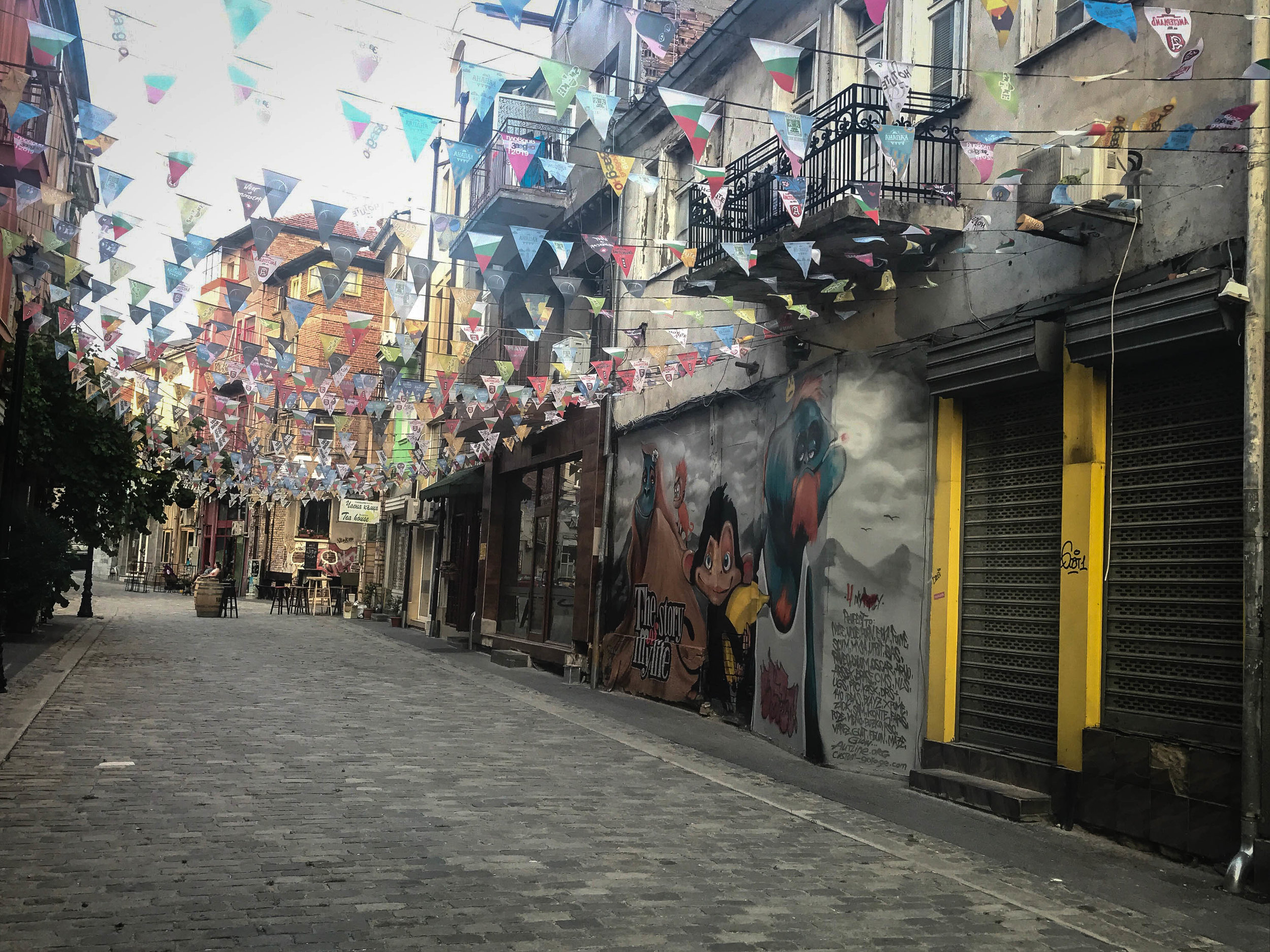
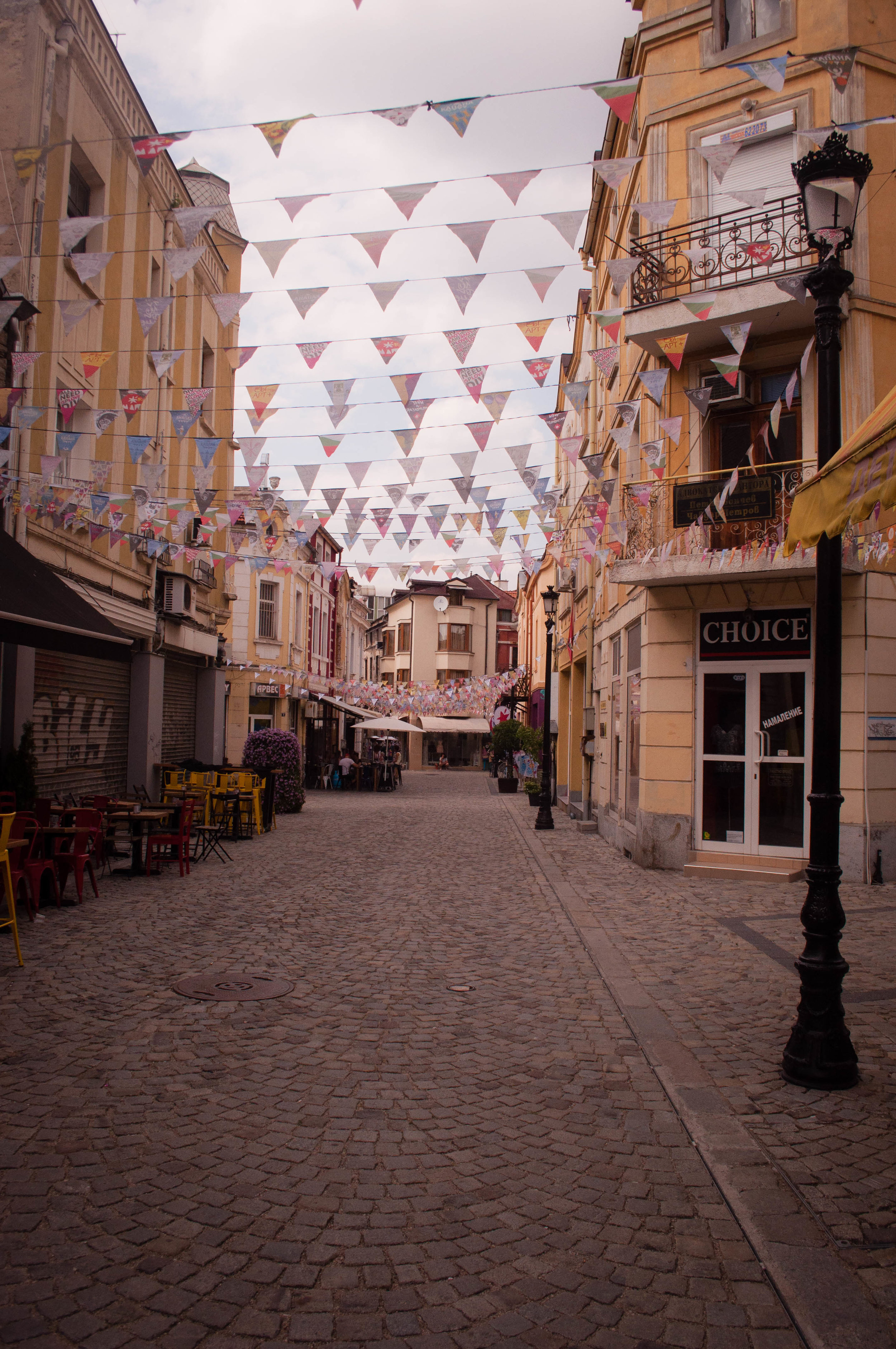
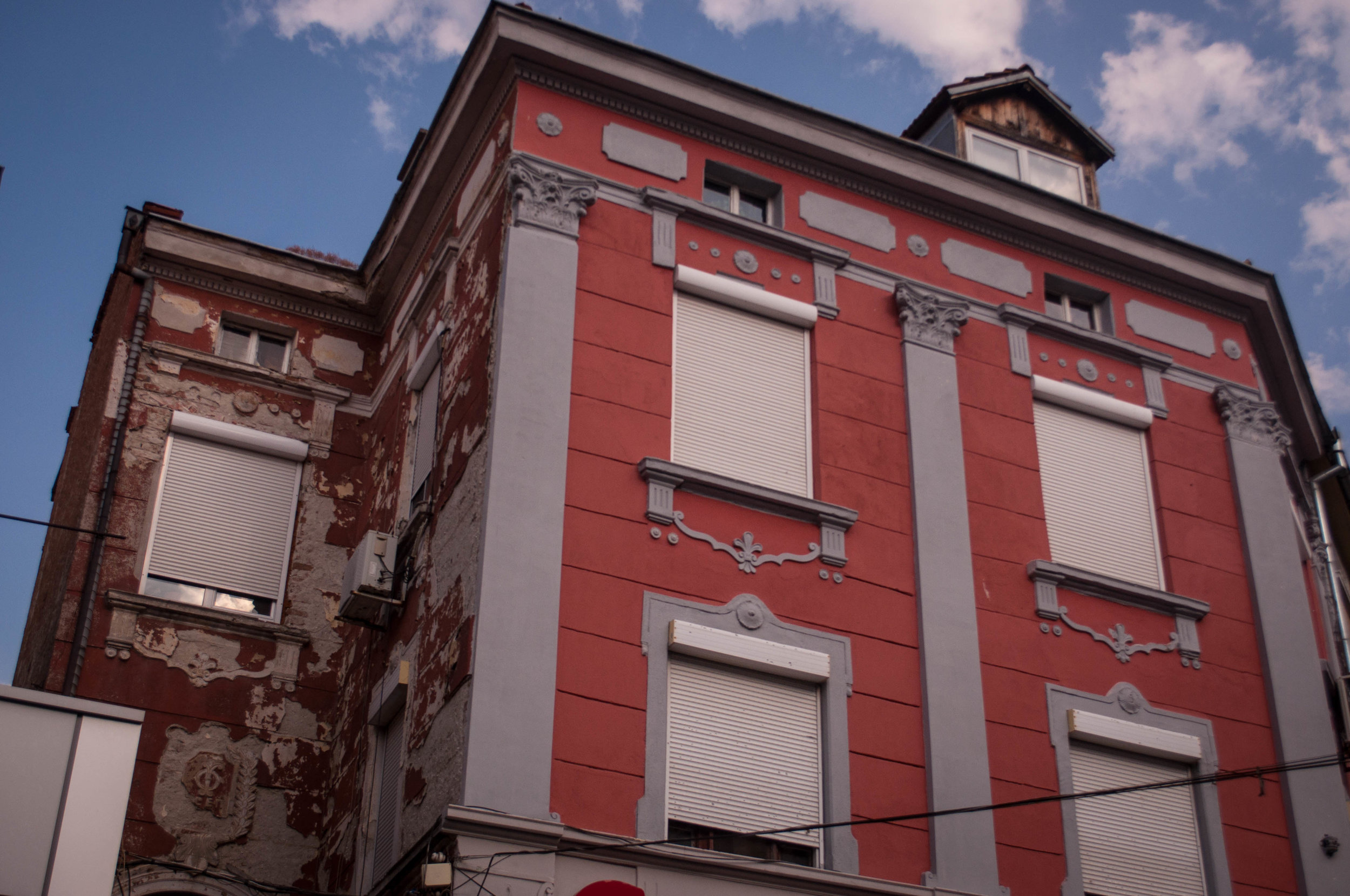
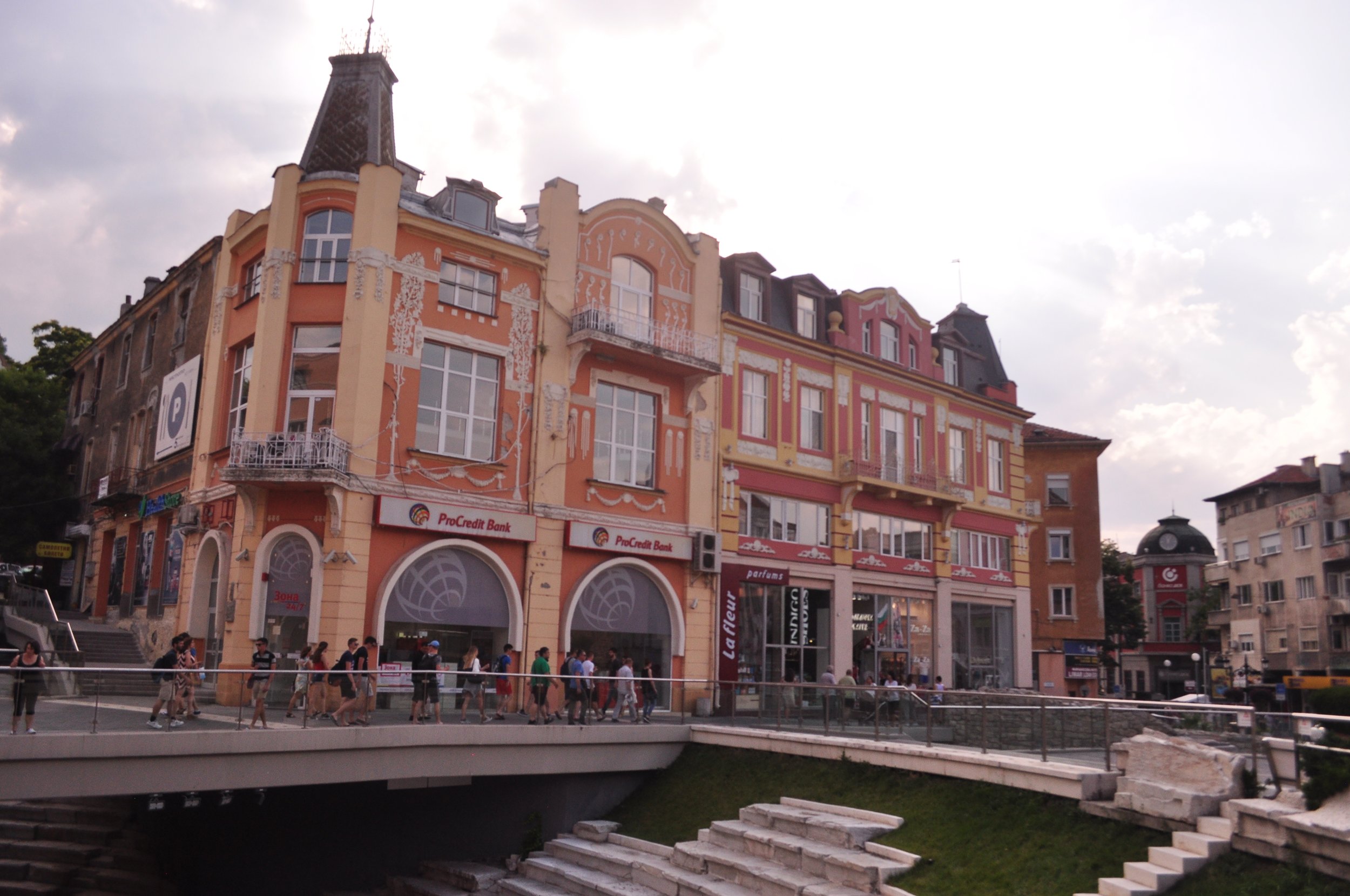
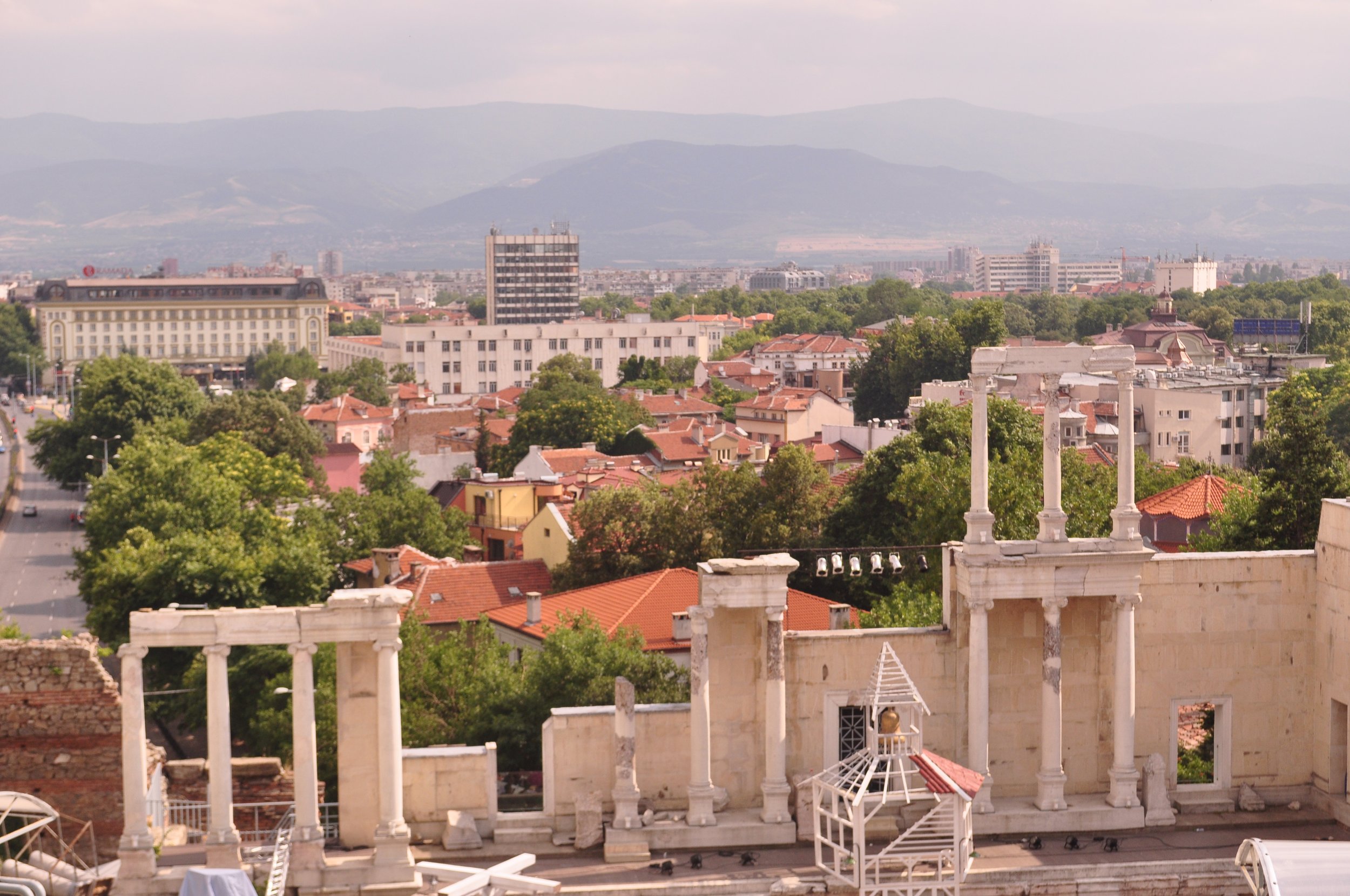




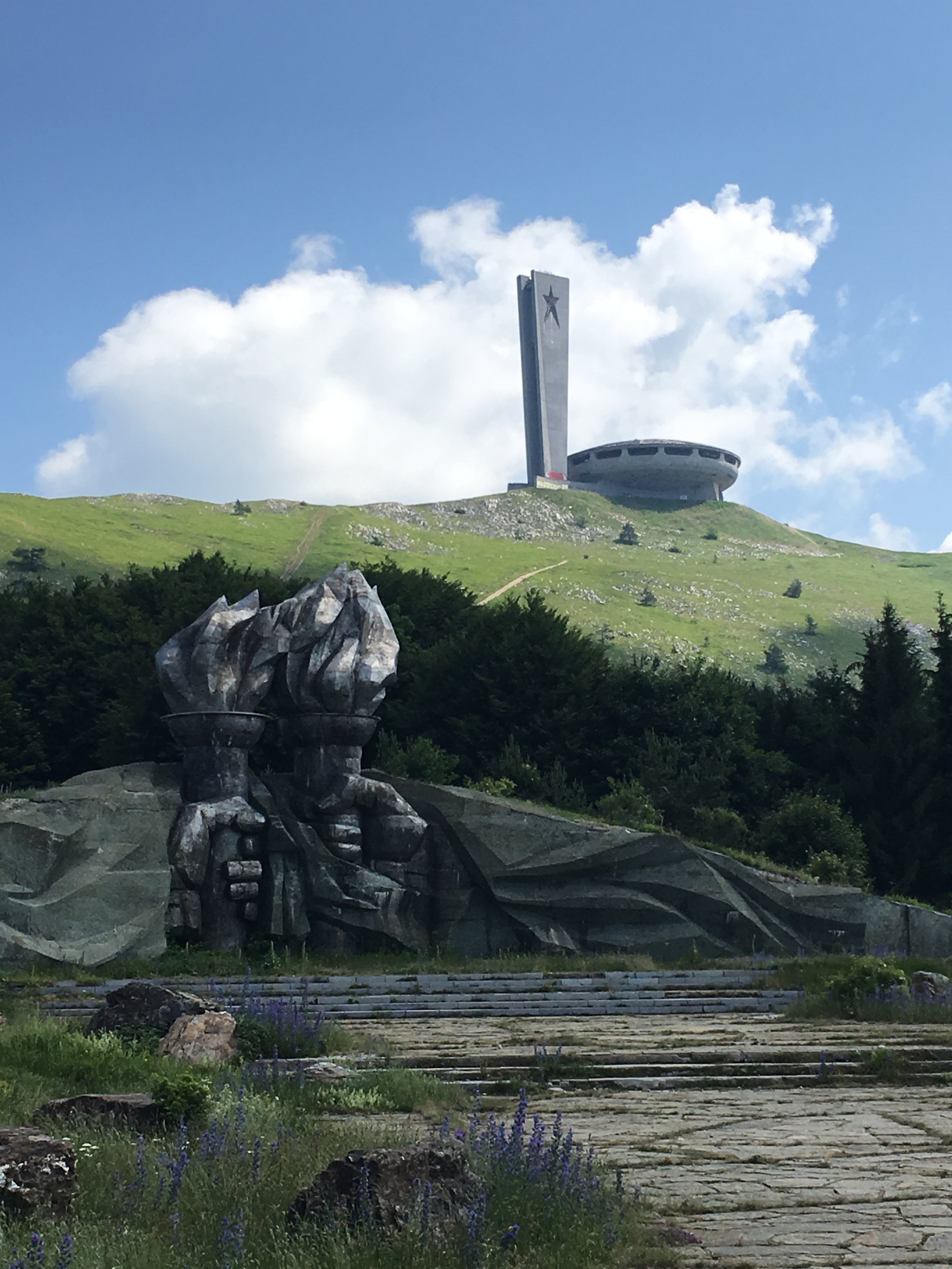



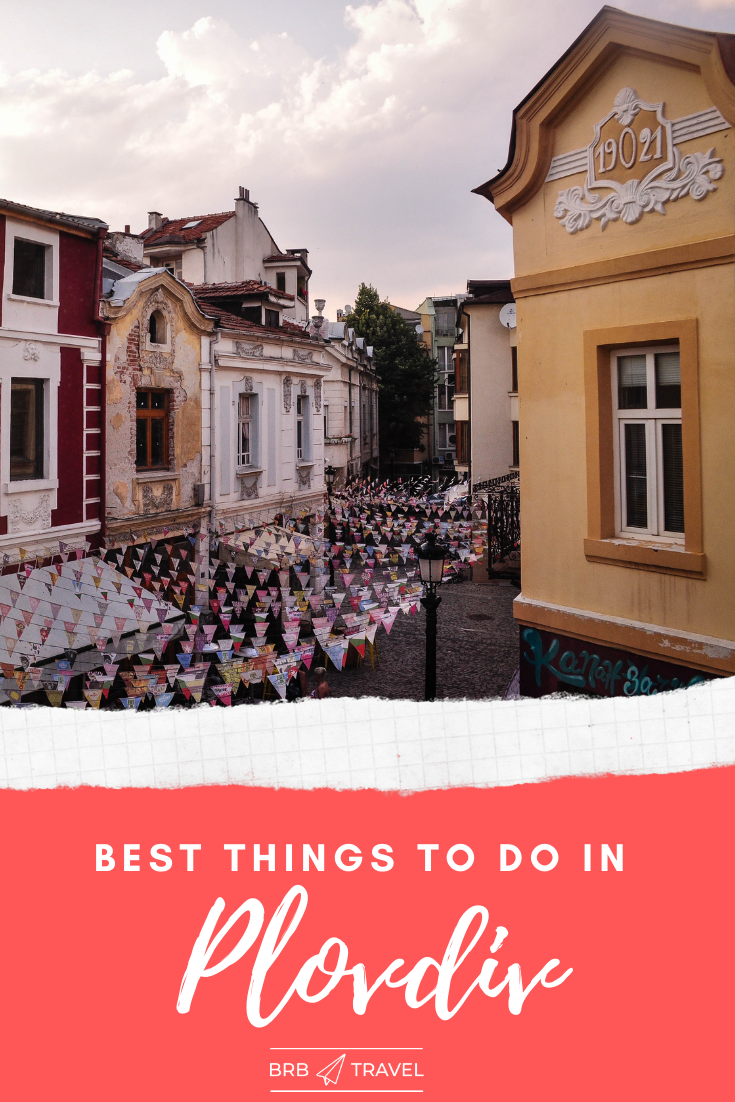

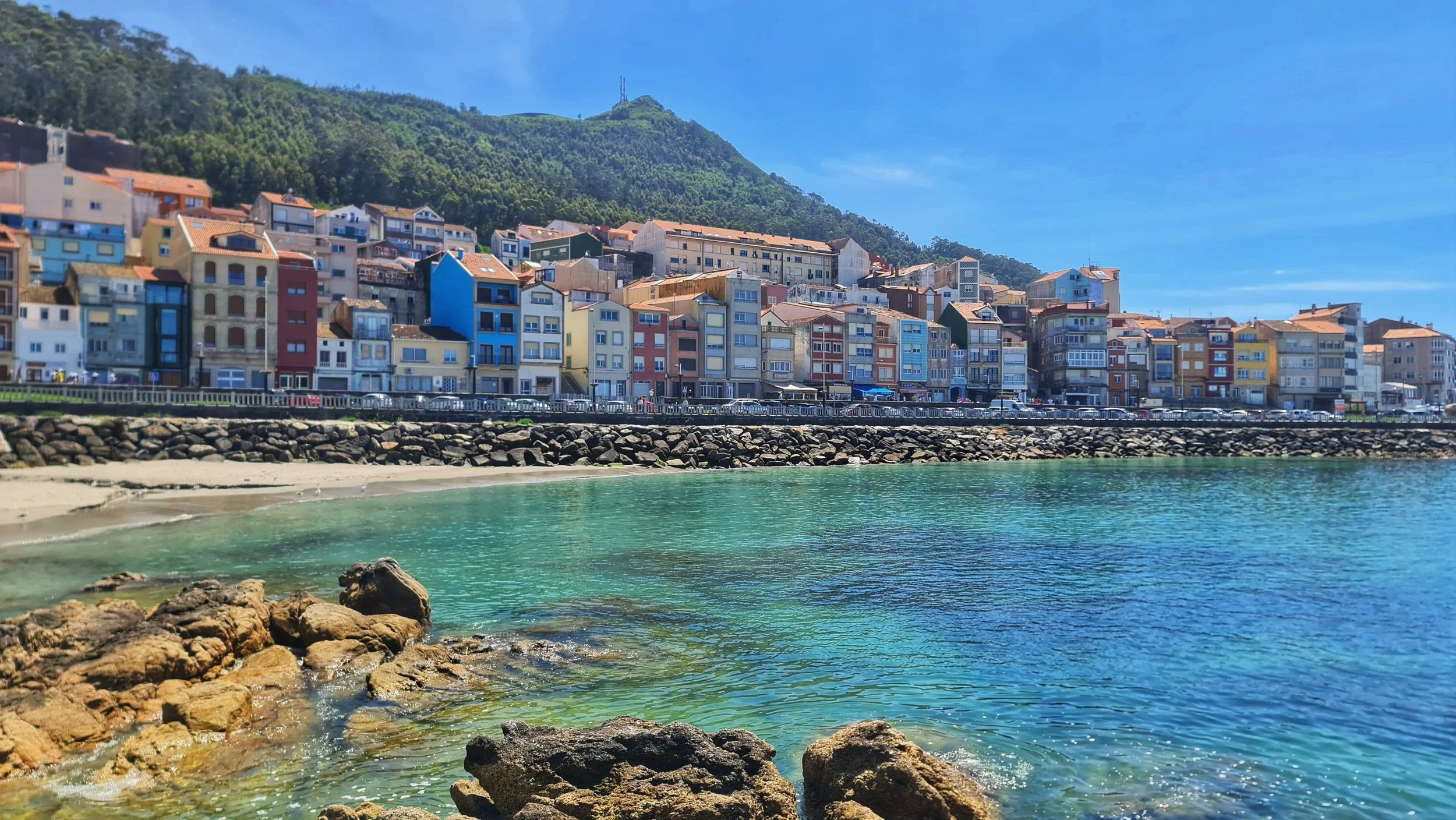

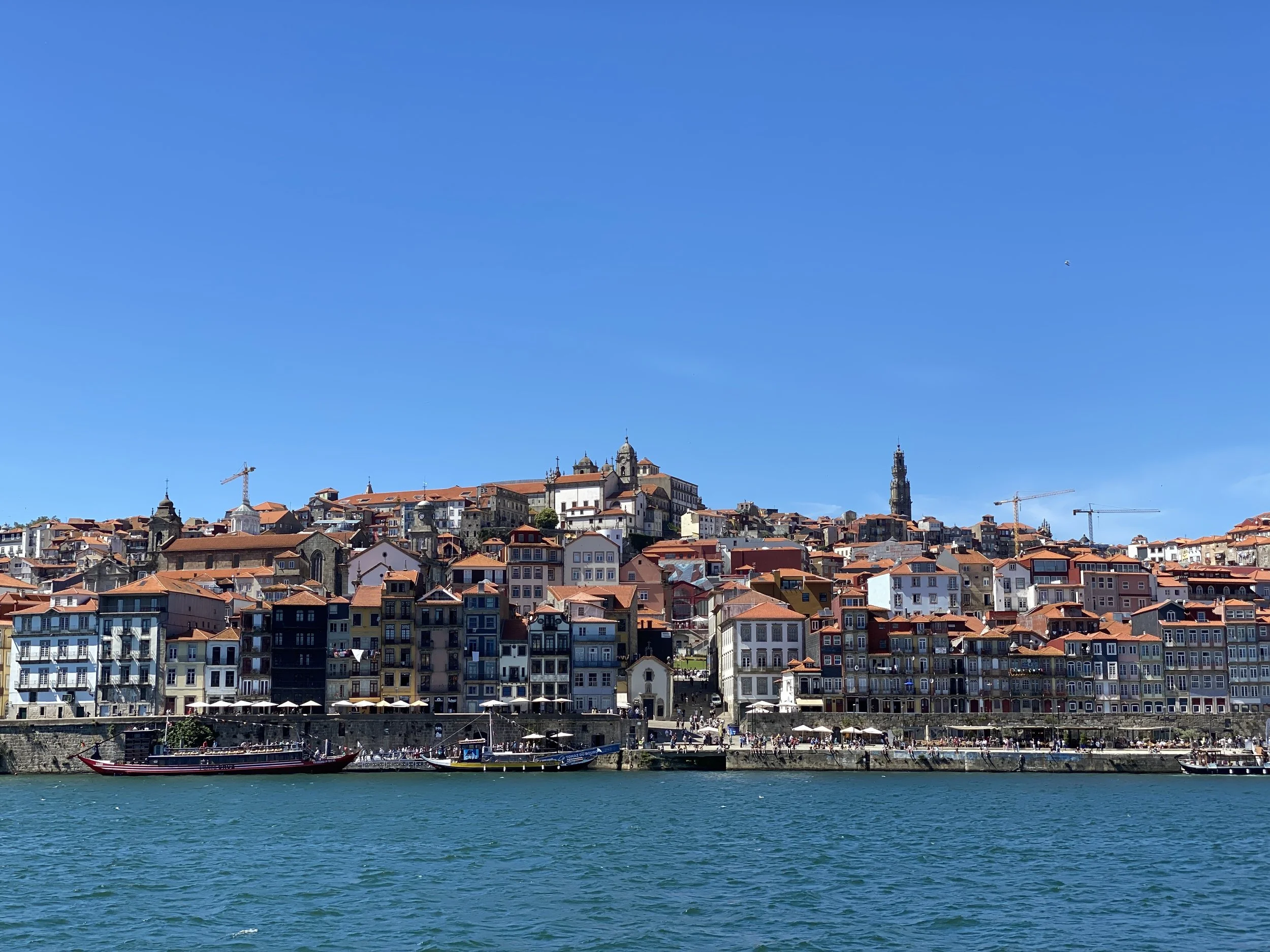





![Best European cities to visit in March [+30 ideas]](https://images.squarespace-cdn.com/content/v1/58ae4fa346c3c4b688b9ac9f/1676418626875-LE8N0ADXJ33Q8CGEUPBS/Things_to_do_in_Lake_Como_Comer_See_Reisetipps+Image+2021-06-09+at+16.55.16+%281%29.jpeg)
Bulgaria is an eastern European country that is heavily overlook by many. In search of what the country has to offer, we embarked in a 10-day road trip through the four corners of the country. This itinerary takes you through Sofia, the Rila monastery, Seven Rila Lakes, Plovdiv, the Black Sea coast, and much more! I also share some valuable tips! So get read to embark on this new adventure!